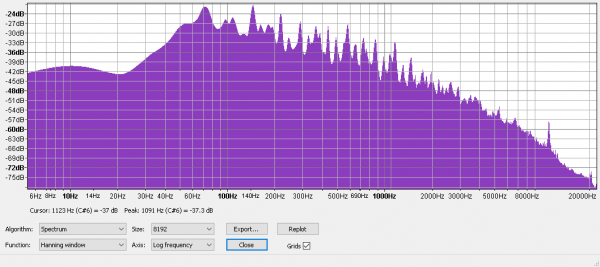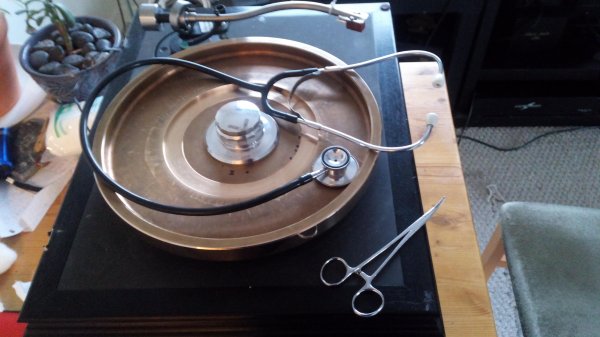May I presume it's your first attempt at not only streaming vinyl, but vinyl in general? Vinyl isn't for everyone, certainly, but ...
The plot examples provided above are typical fair for LP freq.response around 100-20hz in comparison to the similar digital plot (given same mix). Personally, I doubt the showstopper is the level of "light bass" within varying LP's; rather how one deals with ALL the lower freq. issues - from both a hardware (1st and foremost) and then secondly from a software perspective.
In your travels here within; little mention of turntable/arm/cart capability, beside limiting descriptor "good" (vs "high quality" AtoD) was provided, w/no additional setup info. From my point of view, you treated the entire vinyl front-end as a plug & play device, your focus placed entirely within the DSP chain (which, as you are now aware, cannot alleviate certain dependencies created downstream).
It should also be noted: Although most rip based on convenience, some look to preserve & capture higher quality reproduction + convenience. This is why we seek original LP/recordings as compared to many inferior re-issues. Another advantage, for those who share the same interest, is as a comparison tool. This is the very reason I got into ripping, the ability to share/compare my particular rigs "sound" reproduction w/others interested in hearing/understanding differences. Again, a learning curve ensues ... why do they sound different: should they?, is the LP mix similar? LP wear?, stylus tracking?, tonearm resonance?, turntable resonance/noise?, isolation?, phono-stage ... etc etc etc? To that end, a decade of ripping has taught me SIGNIFICANTLY more about vinyl reproduction than my prior two decades combined..
So ... our goals and values w/vinyl reproduction come from very different angles (please excuse the very weak Azimuth/SRA reference); in my analog world learning best-case ripping practices is mandatory, prior to any attempt at learning how to stream it ...
View attachment 24138
respected destroyer (wu-tang-slang)





